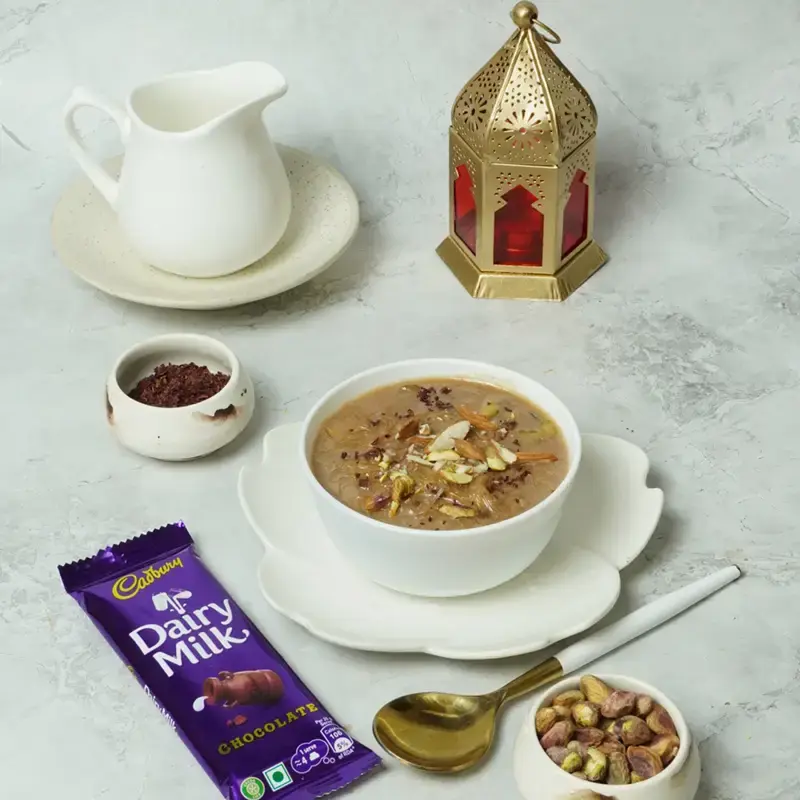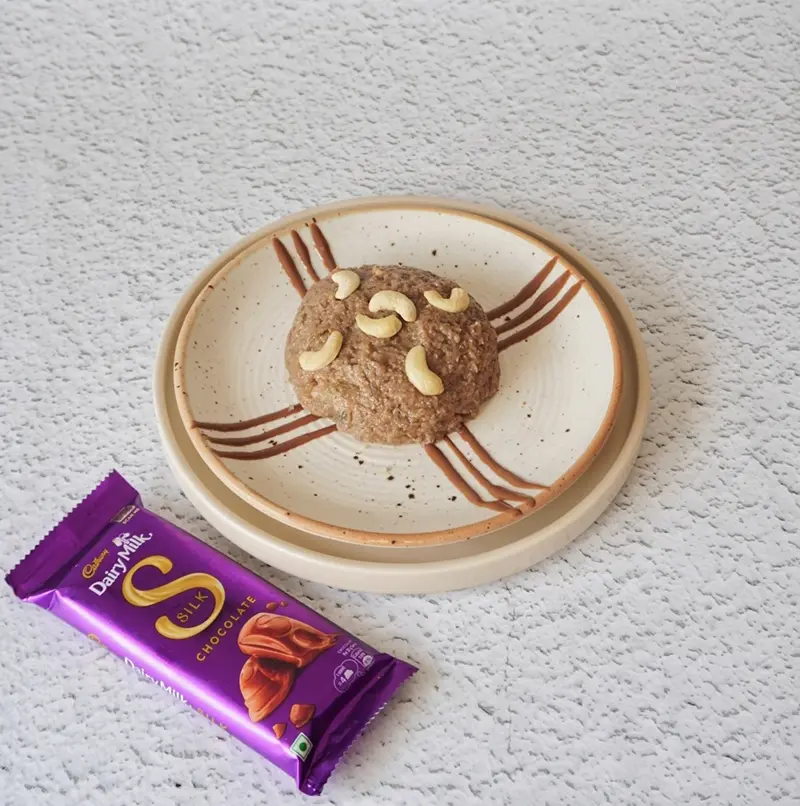Discovering the Delightful Harmony: Reviling the World of Coulis and Compote in The Baker's Dictionary

Discovering the Delightful Harmony: Reviling the World of Coulis and Compote in The Baker's Dictionary
What is Compote?
A compote is a fruit preparation used in pastry and baking that is created by simmering fruit in sugar syrup. Usually, the fruit is chopped into small pieces and cooked with sugar, water, and occasionally additional seasonings like orange zest, cinnamon, or vanilla. The aim is to produce a thickened syrup, soften the fruit, and infuse it with sweet flavours.
A wide variety of fruits, such as berries, apples, peaches, plums, and stone fruits, can be used to make compotes. The resulting mixture can be served as a topping for desserts like ice cream or yoghurt, or it can be used as a filling for cakes, tarts, and pastries. Compotes enhance a range of baked goods with sweetness, moisture, and a fruity flavour burst.
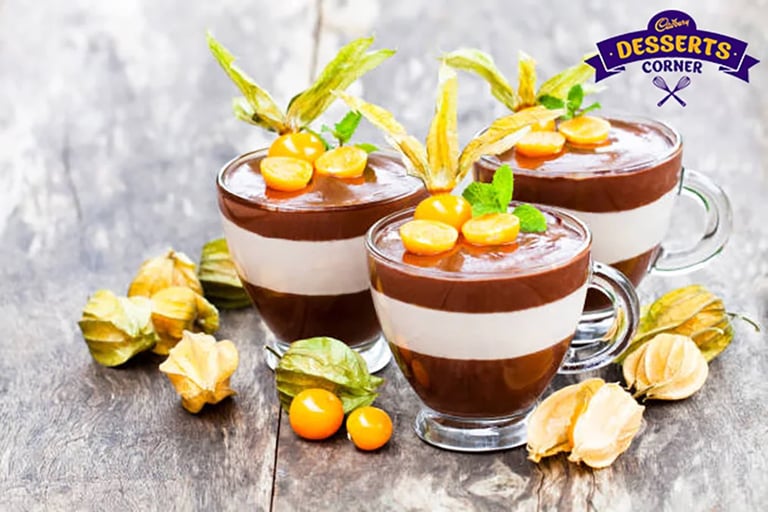
Compotes are frequently used in bakeries as a layer in cakes or as a filling for pies, turnovers, and danishes. They can also be swirled or added as a topping to muffins and other baked goods. Compotes are a popular option for adding a fruity element to a variety of baked goods because of their versatility.
What is Coulis?
A sauce made from pureed fruits or vegetables is called a coulis. Fruit coulis is more often used in baking and dessert recipes. Usually, this sauce is used to flavour, colour, and garnish a variety of foods, such as ice cream, cakes, pastries, and plated desserts.
In order to create a fruit coulis, fresh or cooked fruits are blended or puréed and sometimes sweetened with sugar or other ingredients until a smooth, pourable consistency is reached. Fruit selection for a coulis can vary depending on taste preferences and the desired flavour profile for a given dish. Berries (strawberries, raspberries, blueberries), mangoes, passion fruit, and citrus fruits are frequently used to make coulis.
Use Of Coulis and Compote:
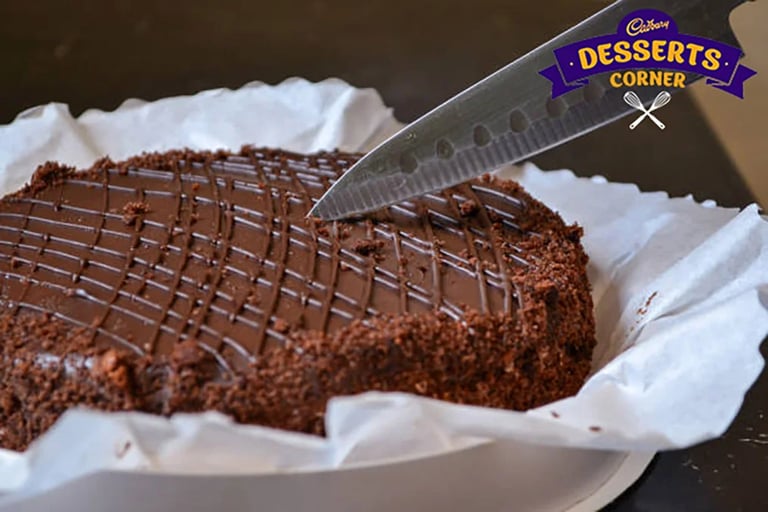
Coulis:
Cake and Pastry Toppings:Cheesecakes, cakes, and pastries are frequently topped with coulis, a pureed and strained fruit sauce. It gives the presentation a splash of colour and flavour.
Dessert Plate Decoration:Pastry chefs decorate dessert plates with patterns made of coulis. The dessert's visual appeal is enhanced and artistic presentations are made possible by its smooth consistency.
Dessert Swirls:Coulis can be incorporated into cake, muffin, or even cheesecake batters before baking to give the baked goods a marbled appearance and a concentrated fruit flavour.
Compote:
Pie Filling:Compotes, with their large chunks of fruit, are frequently used as pie fillings or as a filler for turnovers. They give the baked goods moisture, sweetness, and a fruit component.
Layered in Cakes:To add a fruity touch to a cake, place compote layers between cake layers. This is particularly well-liked when used with layered tortes or sponge cakes.
Pastries for Breakfast:Compotes can be added as a garnish to pastries for breakfast, like croissants or danishes. They give these baked treats a delectable fruity twist.
Different Types of Compotes and Coulis:

Compotes:
- Mixed berry compote:Used on top of ice cream, waffles, or pancakes.
- Spiced Apple Compote:Excellent as a filling for pastries or as a topping for muesli or yoghurt.
- Stone Fruit Compote:Serve as a side dish for grilled meats, pound cake, or vanilla ice cream.
- Citrus Compote:A cool cheesecake topping or brunch side dish.
- Dried Fruit Compote: Enjoy as a topping for rice pudding or as a dip for yoghurt.
Coulis:
- Serve Strawberry Basil Coulis as a unique sauce for goat cheese cheesecake or as an accompaniment to desserts flavoured with basil.
- Serve as a drizzle over crepes or as a complement to sweets such as lemon tarts and citrus cakes.
- Berry Coulis:Use as a sauce for chocolate desserts or as a topping for cheesecake or panna cotta.
- Mango Coulis:Improve the taste of tropical desserts like mango sorbet or coconut panna cotta.
Like This Article?
More Like This
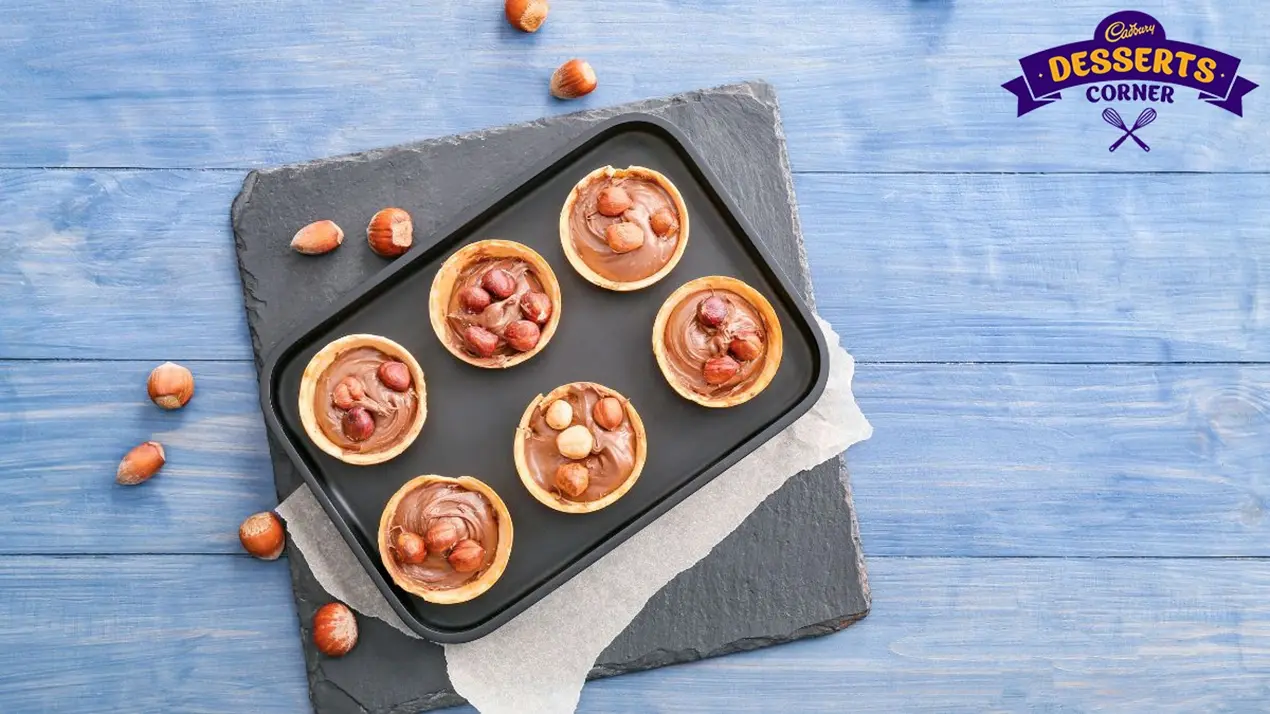
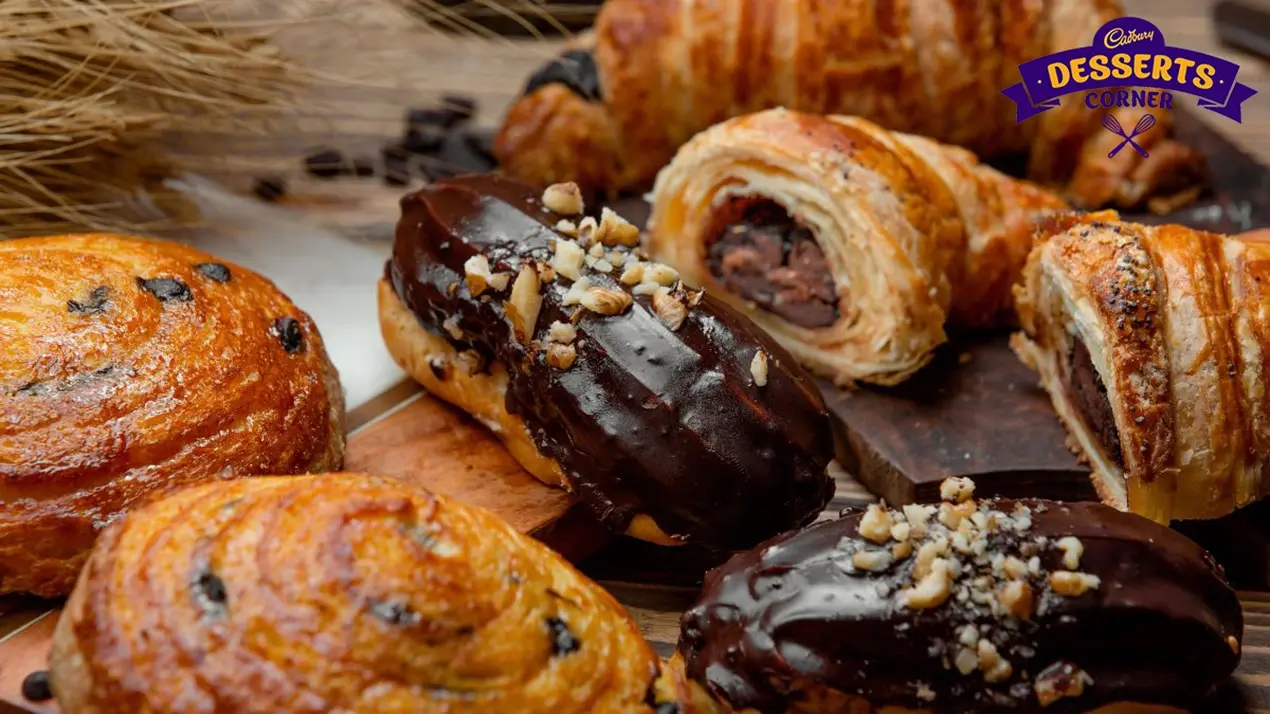


Popular Articles





Trending Web Stories
Curated Recipes
